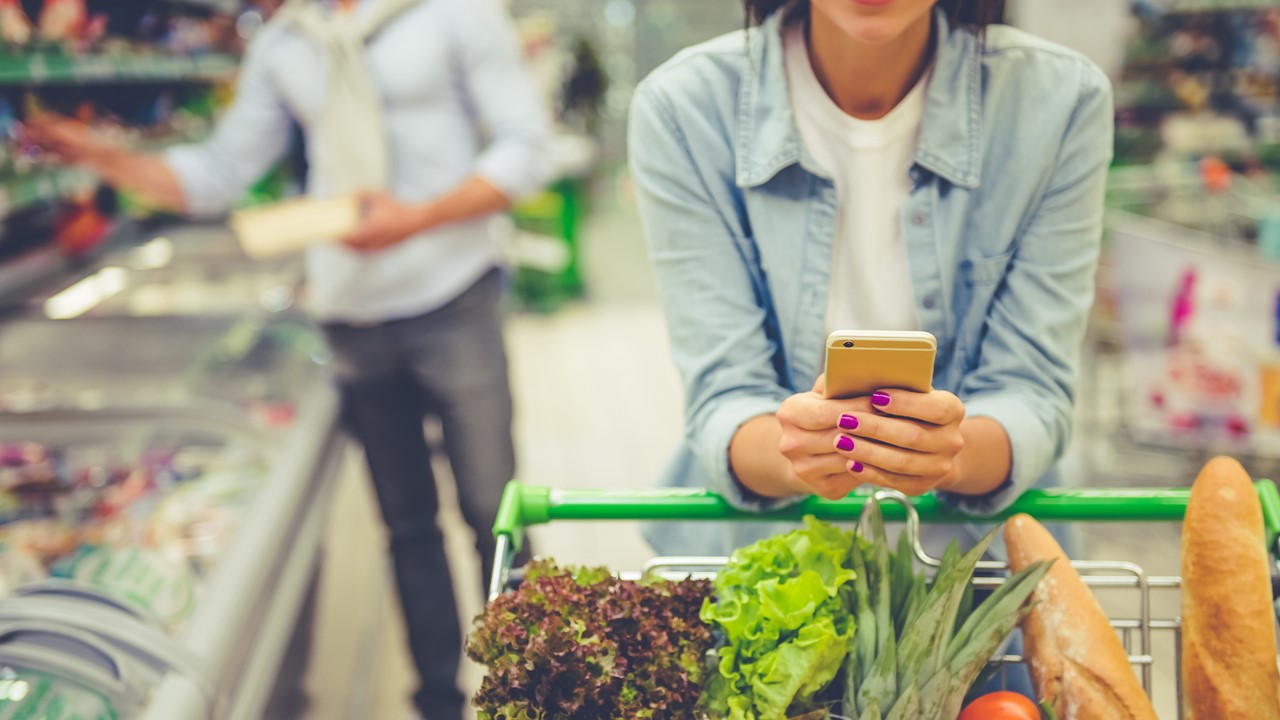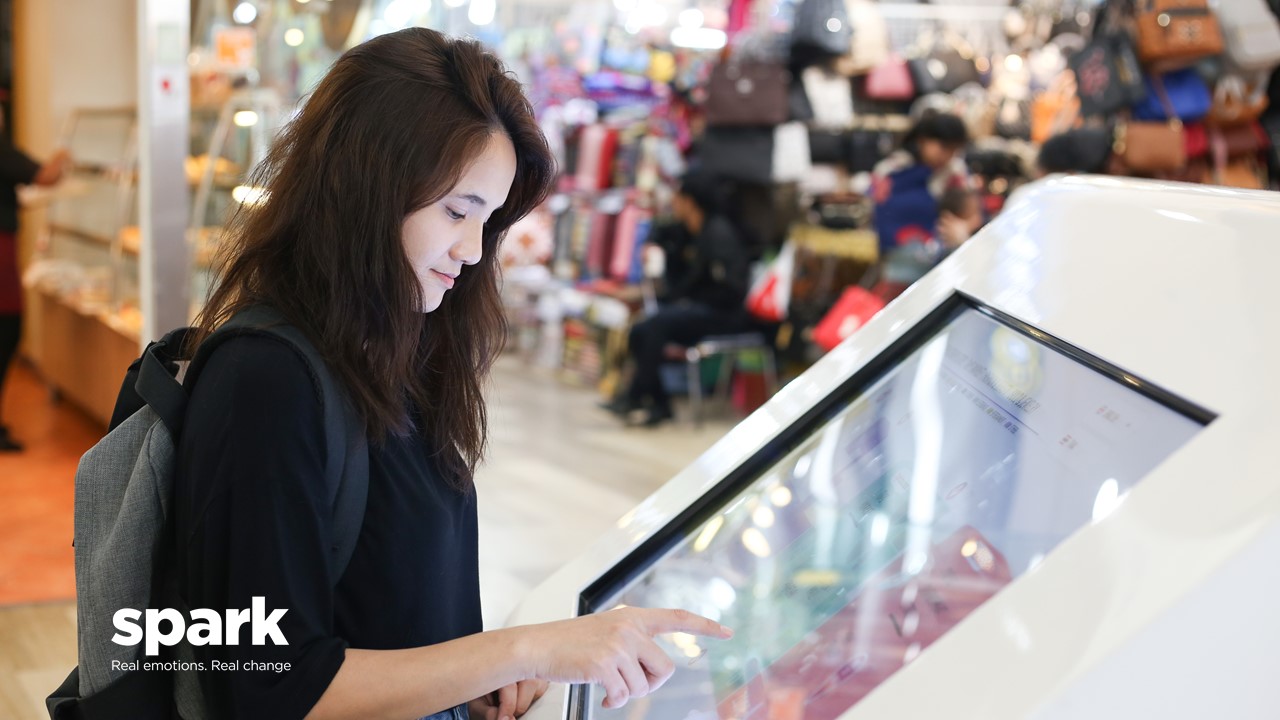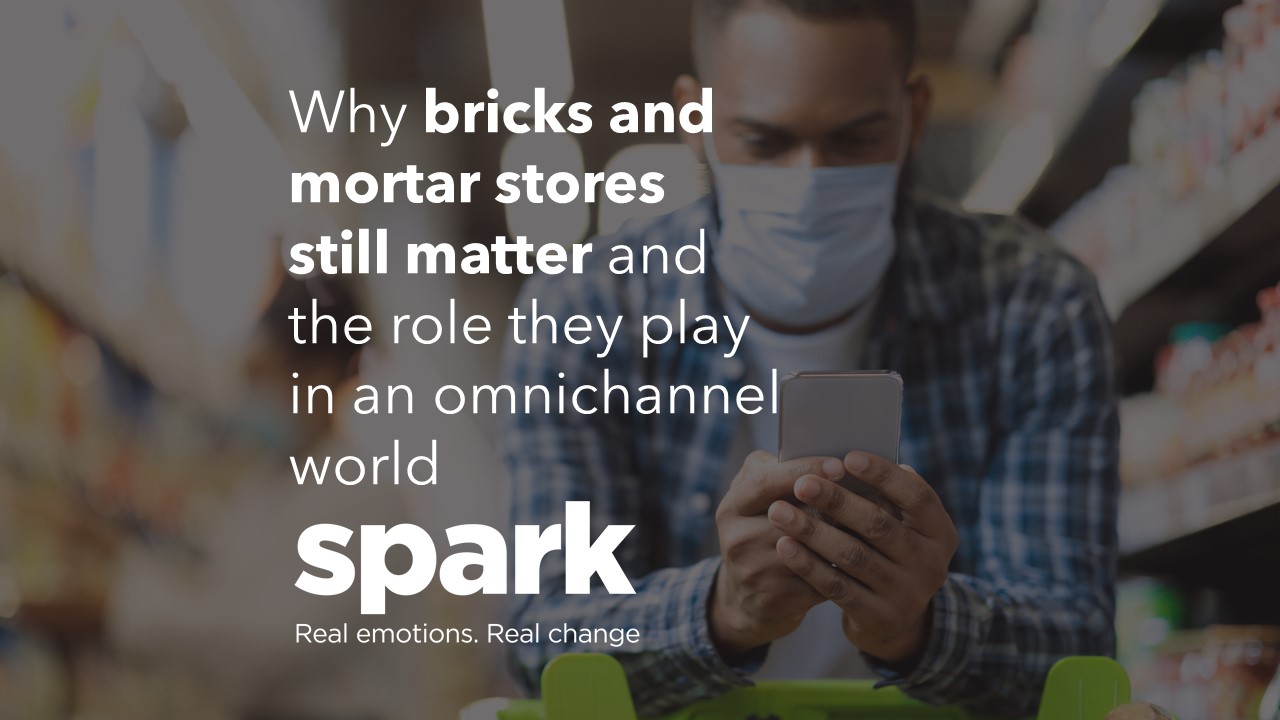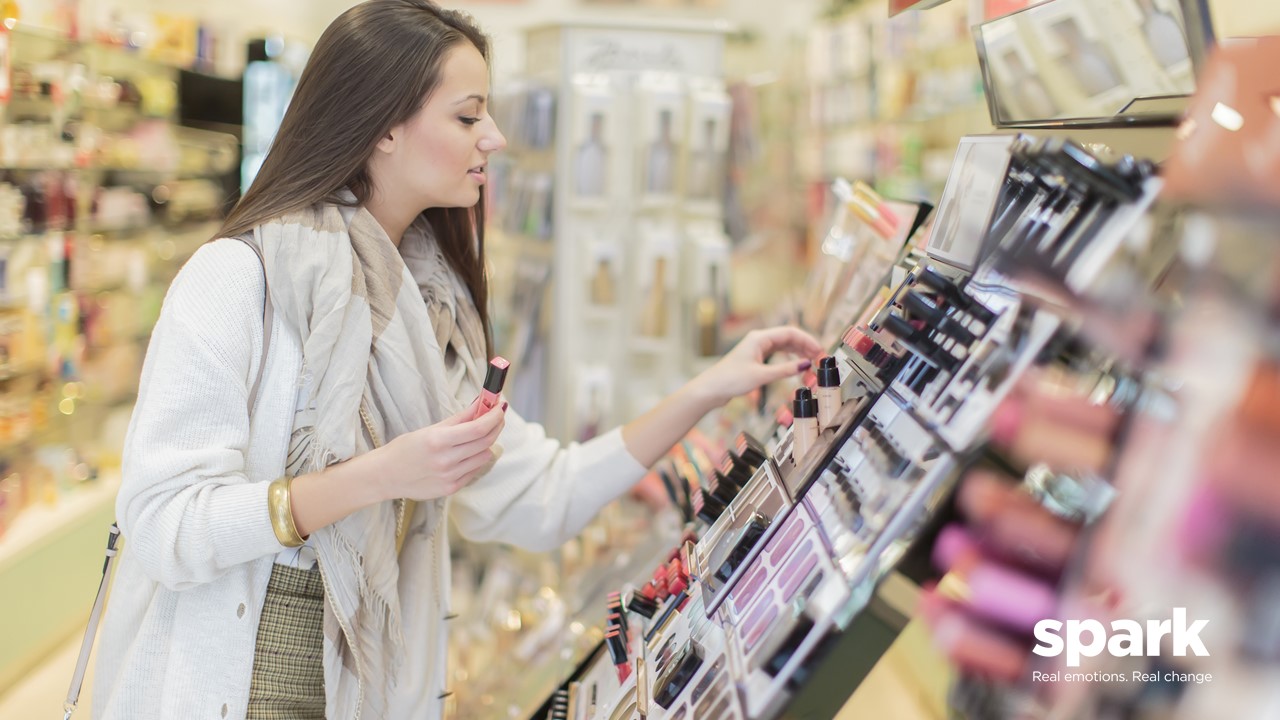It’s an often-repeated observation, but the pandemic has accelerated a lot of changes in our everyday lives. None more so than the move to doing more online shopping, as we’ve avoided or been unable to visit physical stores. So it would be easy to suggest that online shopping is the future, and physical stores are a thing of the past, but if we look at global shopper behaviour as we come out of lockdowns, we start to see that perhaps bricks and mortar stores still play a significant role in the shopper journey and our omnichannel experience.
Throughout the various lockdowns around the globe, myself and the rest of the team at Spark Emotions have been working on a number of projects globally, examining what ‘omnichannel’ looks like as the world experiences these changes.

What did omnichannel look like before
Prior to the pandemic, we saw a slow shift towards online shopping (in FMCG). The number had nearly doubled from 2009 to 2019 (Statista), so it felt inevitable that things would keep trending in this direction.
However, the relationship between our in-store shopping and our online shopping were misunderstood, and attempts to join them were still in their early stages. But whilst online was growing, the vast majority of shoppers did not regularly shop online for FMCG products, so when the pandemic hit, it felt like there would be a baptism of fire for some shoppers, and a golden opportunity for retailers.
Ability to deliver an online-only experience
One of the main factors that prevented online FMCG sales from soaring to the moon was the infrastructure. Supermarkets and other stores simply couldn’t deliver on the demand, even telling shoppers to go to a store if they could.
Particularly in the grocery space, this means that whilst it might sound good to say that more of us are now going to be doing our shopping online, the truth is a lot of our behaviour didn’t really have a chance to change as we were forced to still go to stores. In fact, in the UK, 15% of online grocery shoppers stated they actually stopped online grocery shopping completely since the lockdown (Statista).
Emotional and experiential value of stores
The other factor working against online is that it’s not an emotionally engaging experience. The sensory input is so low, it feels incredibly utilitarian. Whilst repeat purchasing products you already know is a breeze, finding something new to try can be effortful.
To understand why we need some psychology. When we make decisions, we do so in two different ways; either ‘Fast’ or ‘Slow’. Our fast decision making is called System 1, which is instinctual, but also very unconscious, like our autopilot. Our System 2 decision making is very slow but very deliberate. System 2 is how we think we make decisions, but in reality, it’s often our autopilot driving our choices, particularly when it comes to shopping.
Our System 1 is reliant on unconscious information seeping in from the world around us. We need the sensory cues to help form our automatic decisions. It’s what drives those gut instincts. Without that information, we fall into more rational System 2 thinking, which is effortful, and less enjoyable.
Shopping for ourselves also gives us control over the world around us. We often hear about ‘retail therapy’. The idea that shopping can help our mood. The great thing about shopping is that it makes us feel in control. Interestingly, in our own research as part of our Mood of the Nation report, we’ve seen that control is something we’ve definitely been lacking throughout the pandemic, so it’s no surprise people have been rushing to the shops since they’ve reopened. By giving us control over a small part of our lives. We get to find the fruit, pick the parsnip, and choose the chicken ourselves, something online shopping doesn’t allow us to do.
What is going on in the world?
So what are we seeing as we come out of lockdown?
China has arguably one of the most advanced omnichannel shopper experiences in the world right now, where shopping and social merge constantly across virtual and physical spaces. Here is where I fully expected shoppers to fully embrace the online revolution, and move away from physical retail. But even there we don’t see the all-out rejection of physical stores as the country came out of lockdown (Inside Retail). Of course, more mundane, less emotionally-engaging products can be purchased online with ease, and online grocery shopping is increasing, but for more sensory categories, shoppers are still clambering to go and smell, feel, and experience the products they’ve not been able to online, even if they do go on to order it online.

What is the future?
For now, this pattern of behaviour appears to be the way we are going. Ultimately that’s where physical stores are needed; they are the route to trial, the place to experience, the spaces where we want to be seen. From there, online needs to be the selling station. The place where the transaction takes place.
Some of the biggest brands and retailers are debating whether or not they need a physical presence, but at least in the meantime, bricks and mortar stores can still play a key experiential role in the shopper journey, particularly when it comes to trial and exploring categories.
How we can help
At Spark Emotions, we are able to help you understand how your customers feel about the experience of shopping for your products through different channels. Our Online behaviour and In-store behaviour areas of expertise are able to generate the real insights of your customers’ omnichannel behaviour to help you optimise your sales channels and drive growth.
Get in touch to find out how we can help

Written by Will Morgan, Associate Director at Spark Emotions
If you have any questions, feel free to reach out to Will via email will.morgan@sparkemotions.com or connect on LinkedIn








